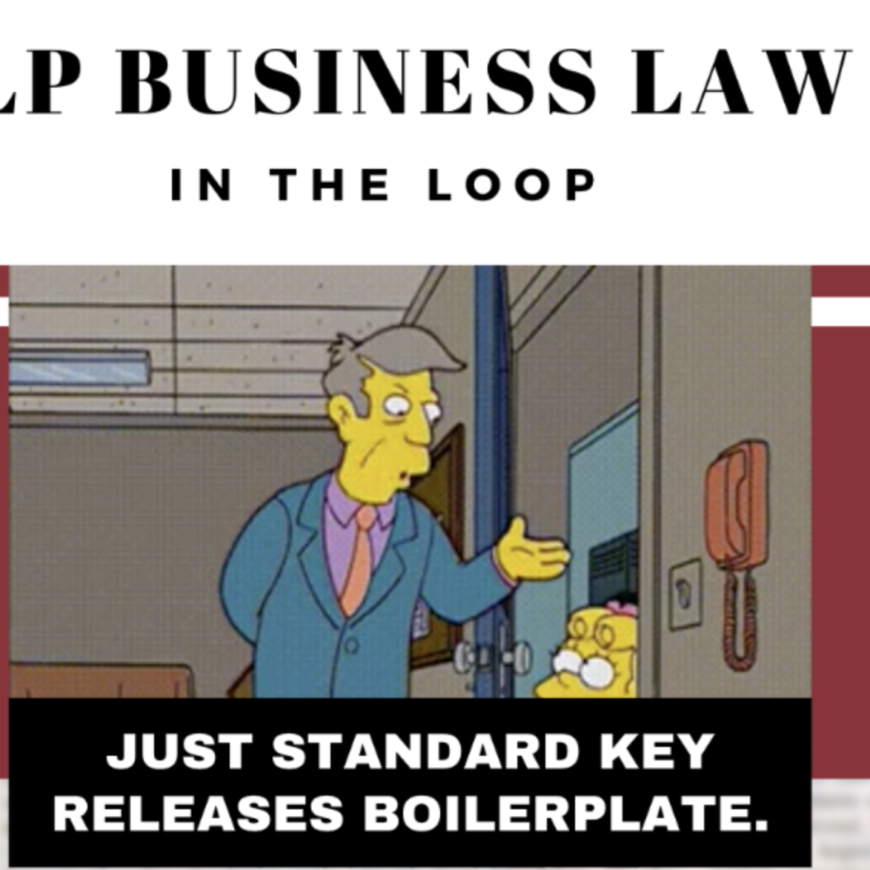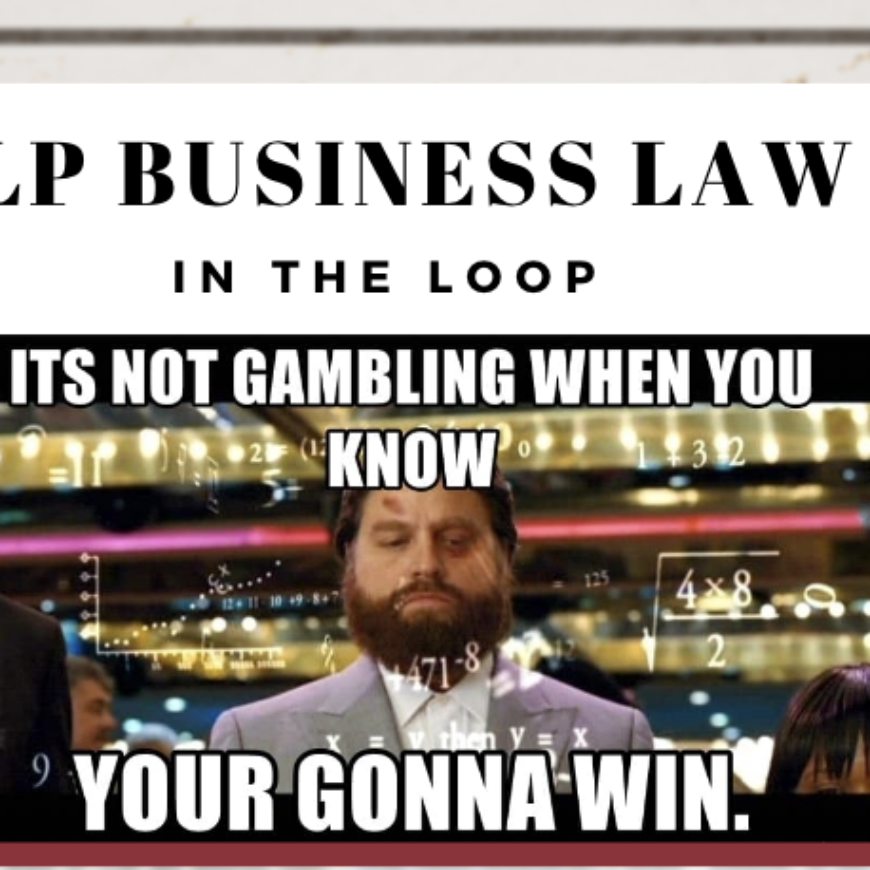Thomas Stilp, JD, MBA/MM, LLM, MSC
It is not uncommon for business partners to have disagreements. Good lawyers know how to draft agreements that will fix disputes and hold up in court.
Although there are many excellent transactional lawyers (lawyers who never go to court and focus their practice entirely with clients in the office), the reality is that business people want counsel experienced in both drafting agreements and knowing how those agreements work when tested in court.
Take for example the recent case of McManus vs. Richards, a typical case of business partners (here two dentists) who did not get along.
Richards had the right to buy out the other dentist in a process called “disassociation.” The buyout was simple enough- Richards simply had to pay McManus the same amount McManus had paid to Richards to buy into the dental practice.
Richards sent McManus a notice stating that Richards was exercising her right to buy out McManus, locks were changed on the doors, computer codes altered, and McManus was denied access to patient files. In response, McManus filed a lawsuit.
Richards argued she could disassociate McManus for any reason, or no reason at all, because the word “cause“ was not defined in the parties’ agreement.
The Agreement said only: “In the event that Richards finds cause to involuntarily disassociate McManus from the company’s dental practice, Richards shall give written notice to McManus of said involuntary disassociation decision setting forth the last day of McManus’ association with the company and the joint dental practice.”
McManus, on the other hand, argued Richards could only “find cause” if there had been a material breach of the agreement or significant failure of McManus to perform her dental duties.
The trial court agreed with Richards. “Cause” was not defined and, therefore, meant what Richards decided it could mean.
Like Humpty Dumpty said in Lewis Carroll’s classic work, Through the Looking Glass, “When I use a word . . . it means just what I choose it to mean – neither more nor less.”
McManus appealed. The Appellate Court reversed, stating Richards’ definition of “cause“ would be “not only inequitable but absurd.“ The case was sent back to the trial court for what was sure to be more expensive litigation.
With some simple drafting, all the litigation may have been avoided.
The Richards-McManus agreement could have focused one of two things. Either define “cause“ or, in the alternative, get rid of “cause” and state that the agreement would allow for disassociation by Richards in her “sole an absolute discretion, for any reason or no reason at all.”
This simple fix may have avoided the costly litigation.
Having Counsel who is experienced in both transactional work and in court room dealing with how courts view agreements will make all the difference.



